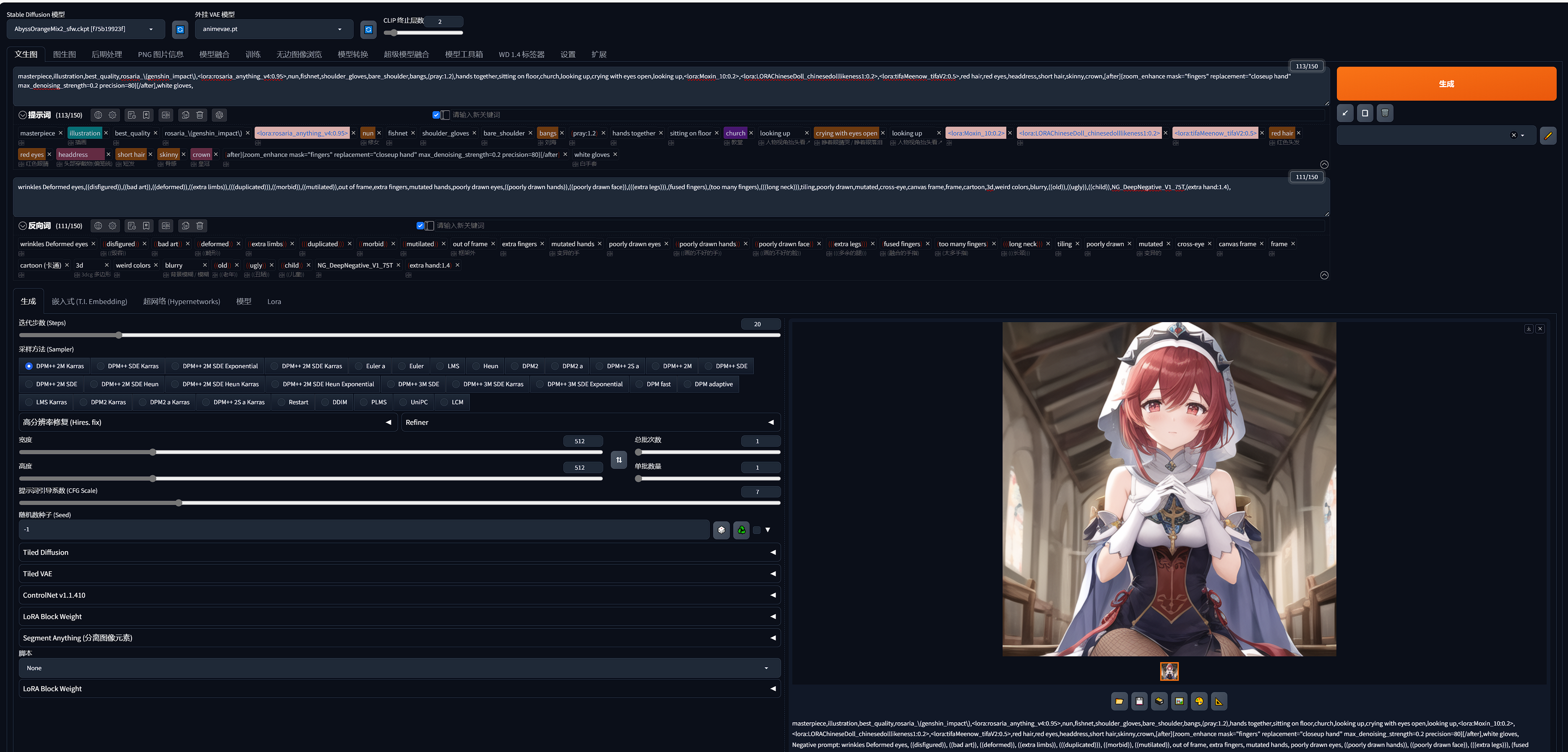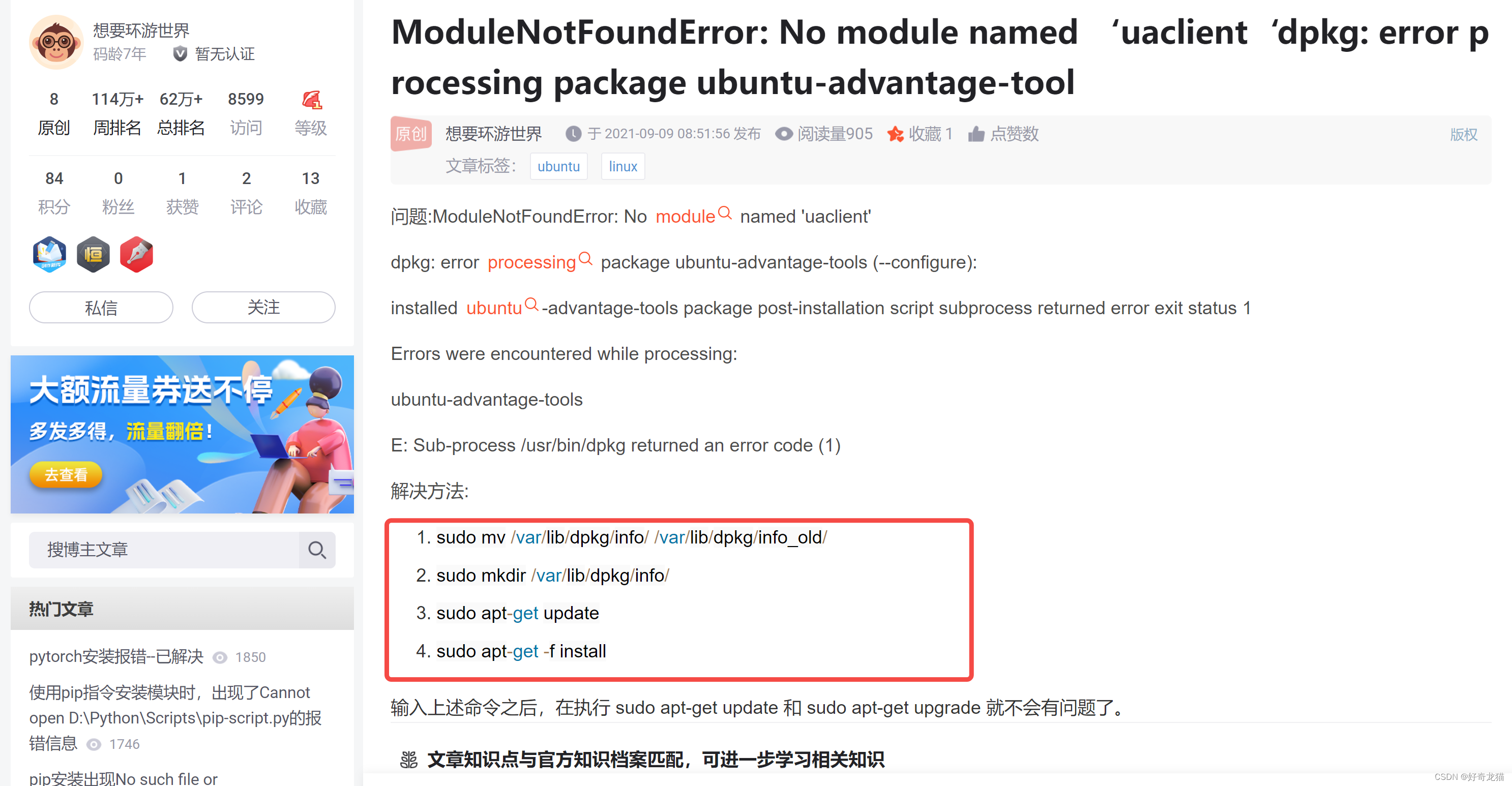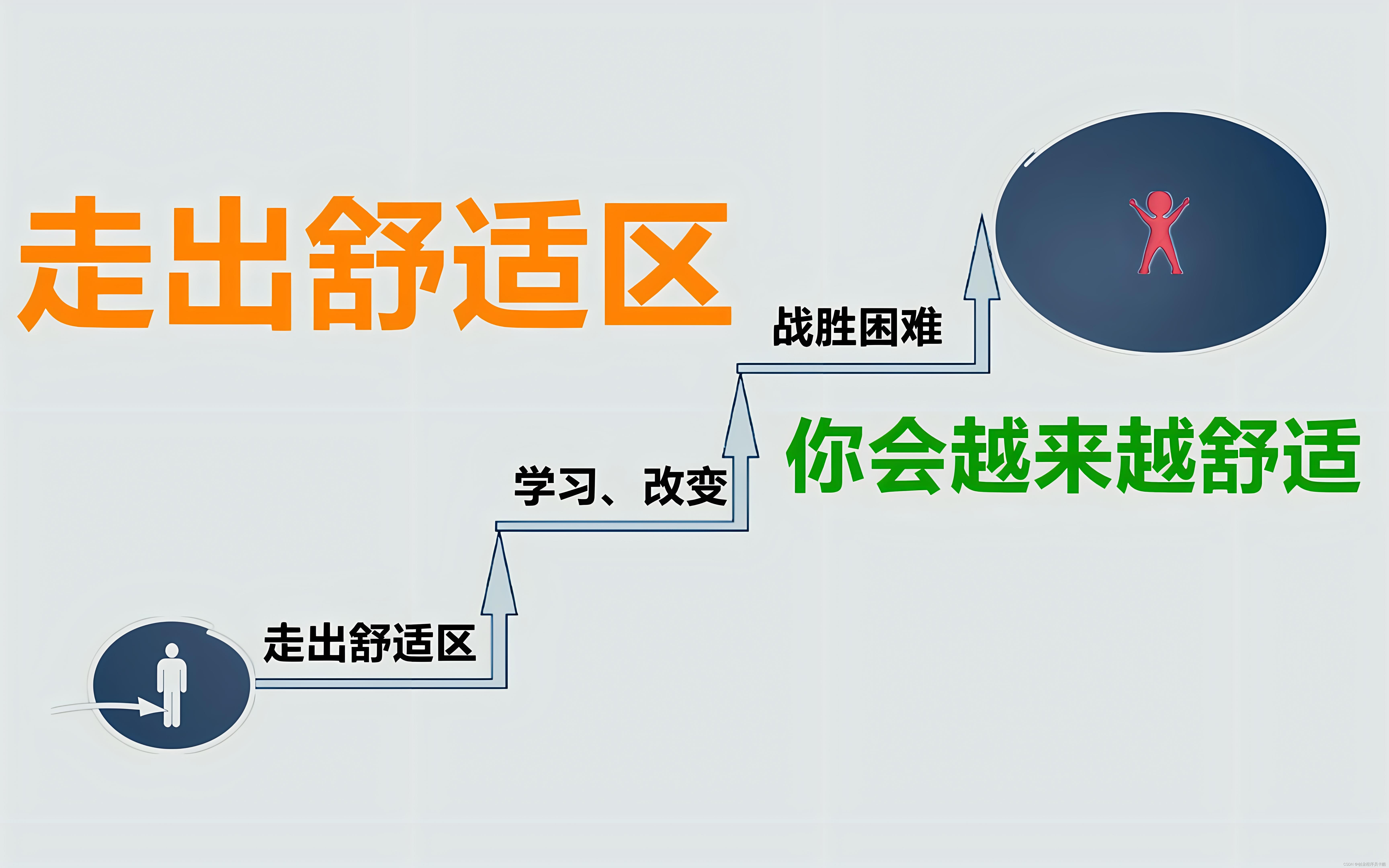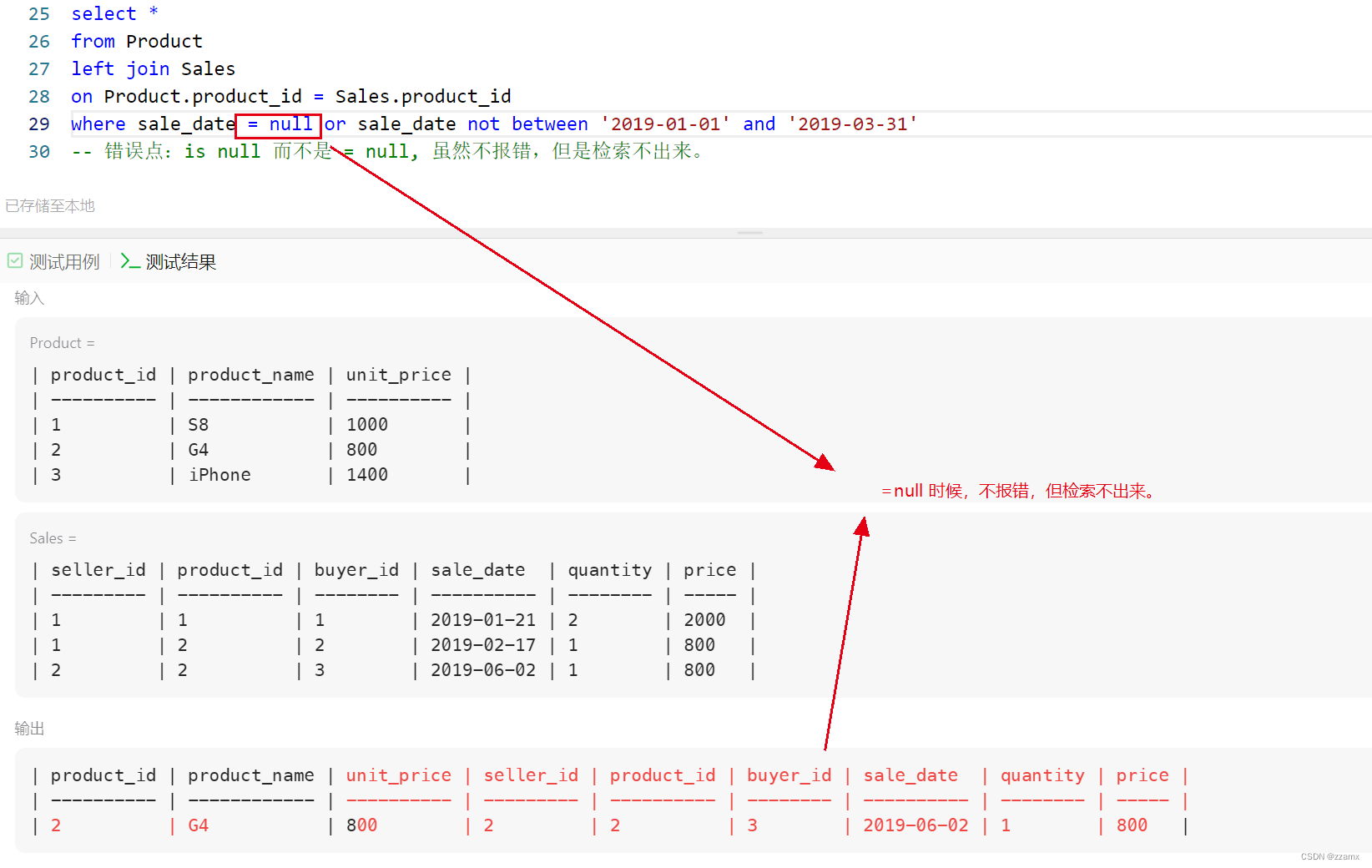Step01: Python脚本开发
文件路径:D://wl//testproject//Fone-grpc//project1//test_client.py
Python 脚本作用:
通过 grpc 调用底层 c++ 的接口,做数据库的数据插入与查询操作,然后将返回的结果进行拼接与输出。
2.代码里面将每一次调用后返回的内容进行拼接后,并做了成功信息的统计,输出成功的次数为3,输出后会转给 jmeter 里面的脚本获取。
from __future__ import print_function
import logging
import sys
import grpc
import Storage_pb2 # Storage_pb2.py which contains our generated request and response classes
import StorageService_pb2_grpc # StorageService_pb2_grpc.py which contains our generated client and server classes.
host="10.10.1.117:50066"
def run():
result=""
with grpc.insecure_channel(host) as channel:
resp0=StorageService_pb2_grpc.FOneStorageStub(channel).InsertKVS(Storage_pb2.PUpsertKVS(
DBName="MergeLog",TableName="MergeLog",KeyValues=[{"Key":b'',"Key":b''}],Upsert=True,Transaction=True
))
result+=str(resp0)
with grpc.insecure_channel(host) as channel:
stud1=StorageService_pb2_grpc.FOneStorageStub(channel)
resp1=stud1.InsertV(Storage_pb2.PInsertV(DBName="MergeLog", TableName="MergeLog", Value=b"1"))
result += str(resp1)
with grpc.insecure_channel(host) as channel:
stud2=StorageService_pb2_grpc.FOneStorageStub(channel)
resp2=stud2.FindOne(Storage_pb2.PFindK(DBName="MergeLog", TableName="MergeLog", Key="1"))
result += str(resp2)
result=result.replace("\n", " ")
result=result.count("Successful return: 0")
print(result)
if __name__ == '__main__':
logging.basicConfig()
run()
PS:在本地调试好脚本,确保符合预期。
Step02: Jmeter 创建 beanshell 取样器
脚本内容如下:
import java.io.BufferedReader;
import java.io.InputStreamReader;
log.info("----------------------------start to exe");
String command = "cmd /c python D://wl//testproject//Fone-grpc//project1//test_client.py"; //定义要执行的python文件路径
String var;
Runtime rt = Runtime.getRuntime();
Process pr = rt.exec(command); //执行上面的python脚本
pr.waitFor()
BufferedReader b = new BufferedReader(new InputStreamReader(pr.getInputStream())); // 转换执行脚本后的返回响应
String line = "";
StringBuilder response = new StringBuilder();
while ((line = b.readLine()) != null) {
response.append(line);
}
String response_data = response.toString();
log.info(response_data);
if(response_data.equals("3")){ // 判断响应的内容是否有3次,如果不是3次就表示执行失败了
log.info("---------------------------success end exe");
}else{
log.error("--------------------------failed end exe"); //这里的输出一次会记录一次失败次数
}
b.close();
Step03: 执行效果
通过 jmeter 工具进行并发操作,对后端底层接口进行压力测试,效果不错,效果图如下所示。
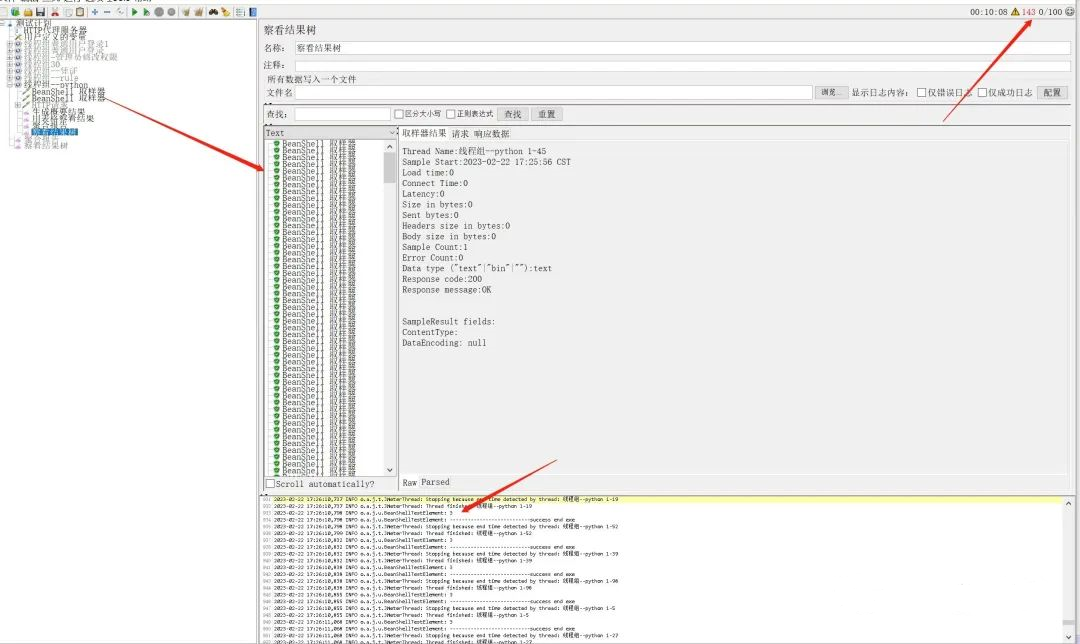
Step04: Jmeter日志输出
2023-02-22 17:26:08,539 INFO o.a.j.t.JMeterThread: Stopping because end time detected by thread: 线程组--python 1-33
2023-02-22 17:26:08,539 INFO o.a.j.t.JMeterThread: Thread finished: 线程组--python 1-33
2023-02-22 17:26:08,597 INFO o.a.j.u.BeanShellTestElement: 3
2023-02-22 17:26:08,597 INFO o.a.j.u.BeanShellTestElement: ---------------------------success end exe
2023-02-22 17:26:08,598 INFO o.a.j.t.JMeterThread: Stopping because end time detected by thread: 线程组--python 1-82
2023-02-22 17:26:08,598 INFO o.a.j.t.JMeterThread: Thread finished: 线程组--python 1-82
2023-02-22 17:26:08,608 INFO o.a.j.u.BeanShellTestElement: 2
2023-02-22 17:26:08,608 ERROR o.a.j.u.BeanShellTestElement: --------------------------failed end exe
最后感谢每一个认真阅读我文章的人,礼尚往来总是要有的,这些资料,对于【软件测试】的朋友来说应该是最全面最完整的备战仓库,虽然不是什么很值钱的东西,如果你用得到的话可以直接拿走:
这些资料,对于【软件测试】的朋友来说应该是最全面最完整的备战仓库,这个仓库也陪伴上万个测试工程师们走过最艰难的路程,希望也能帮助到你!


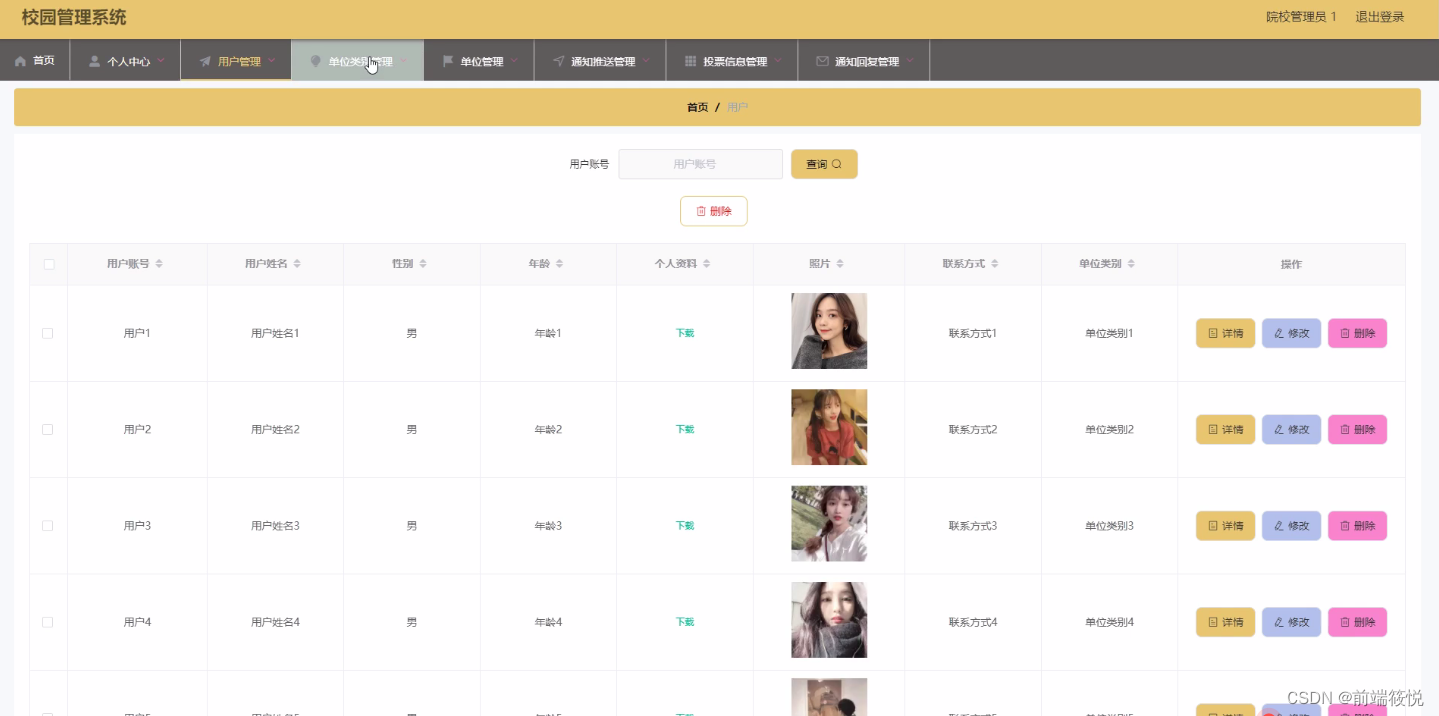

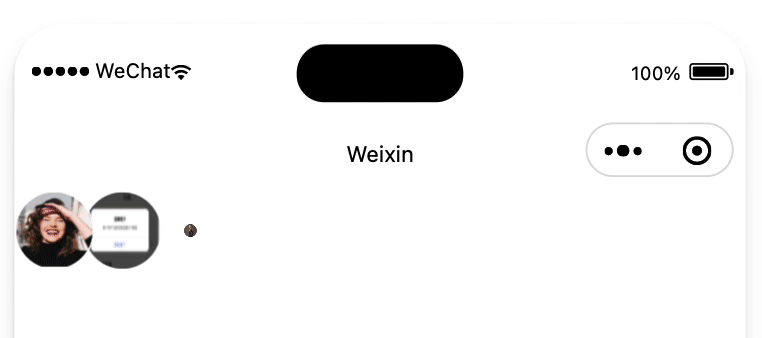
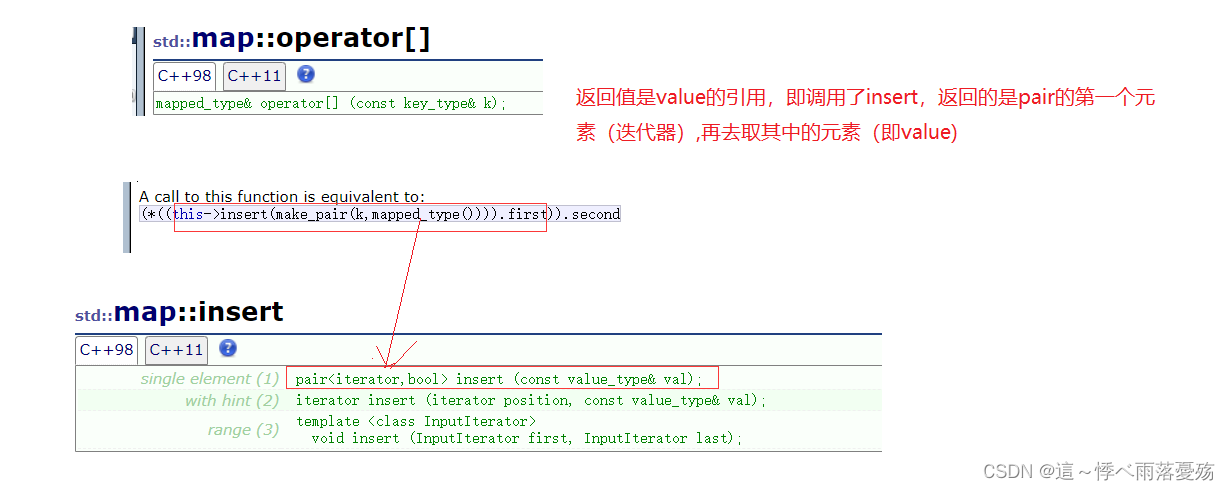


![[数据集][目标检测]零售柜零食检测数据集VOC+YOLO格式5422张113类](https://img-blog.csdnimg.cn/direct/7a4d2cc4bc99494182c1537f7f797699.png)


